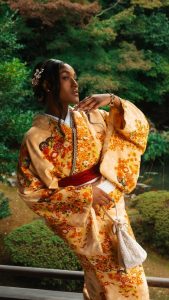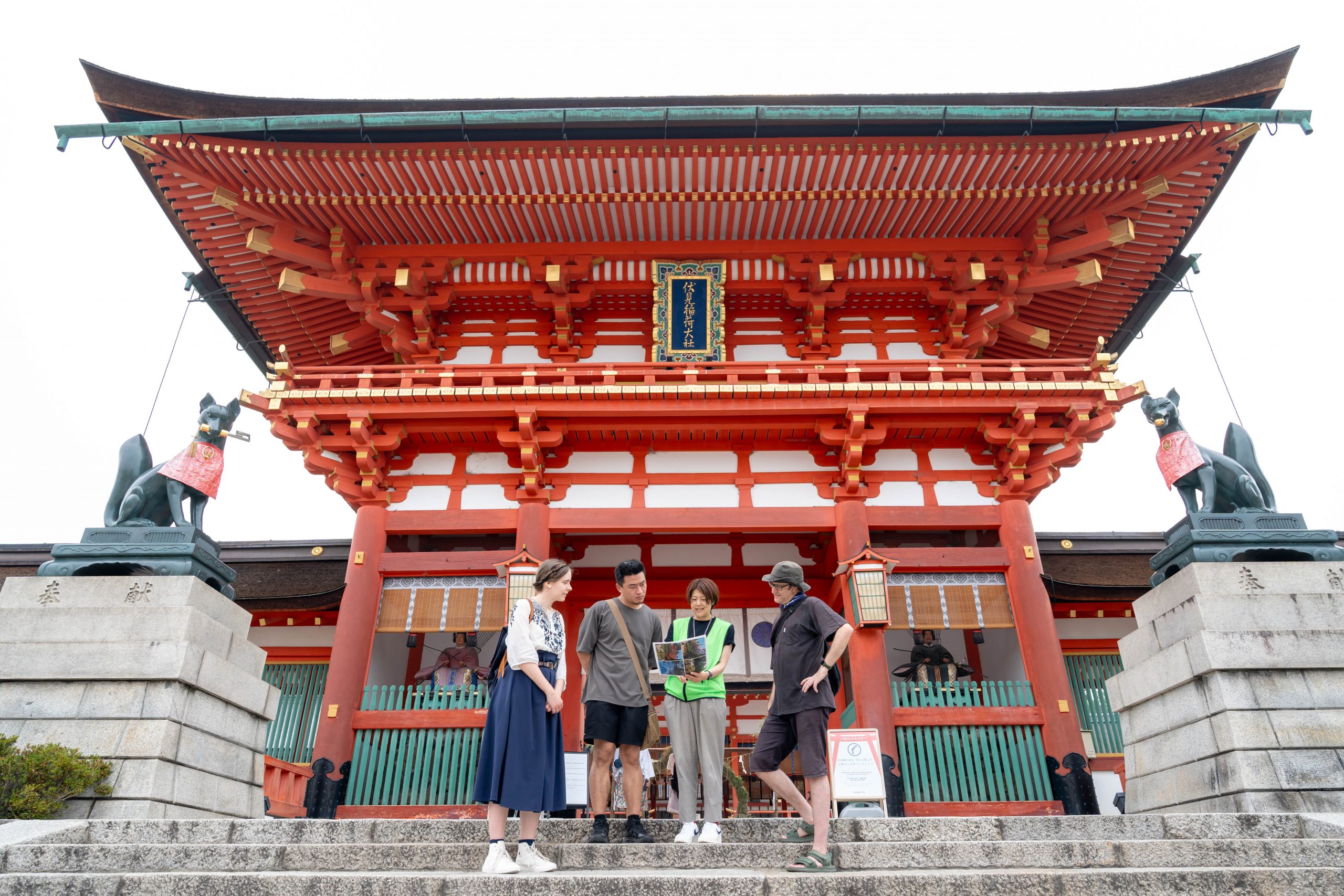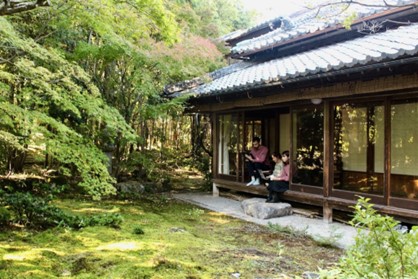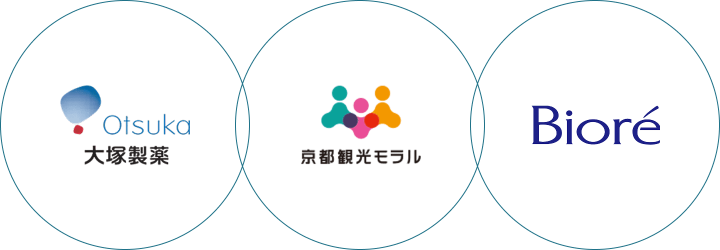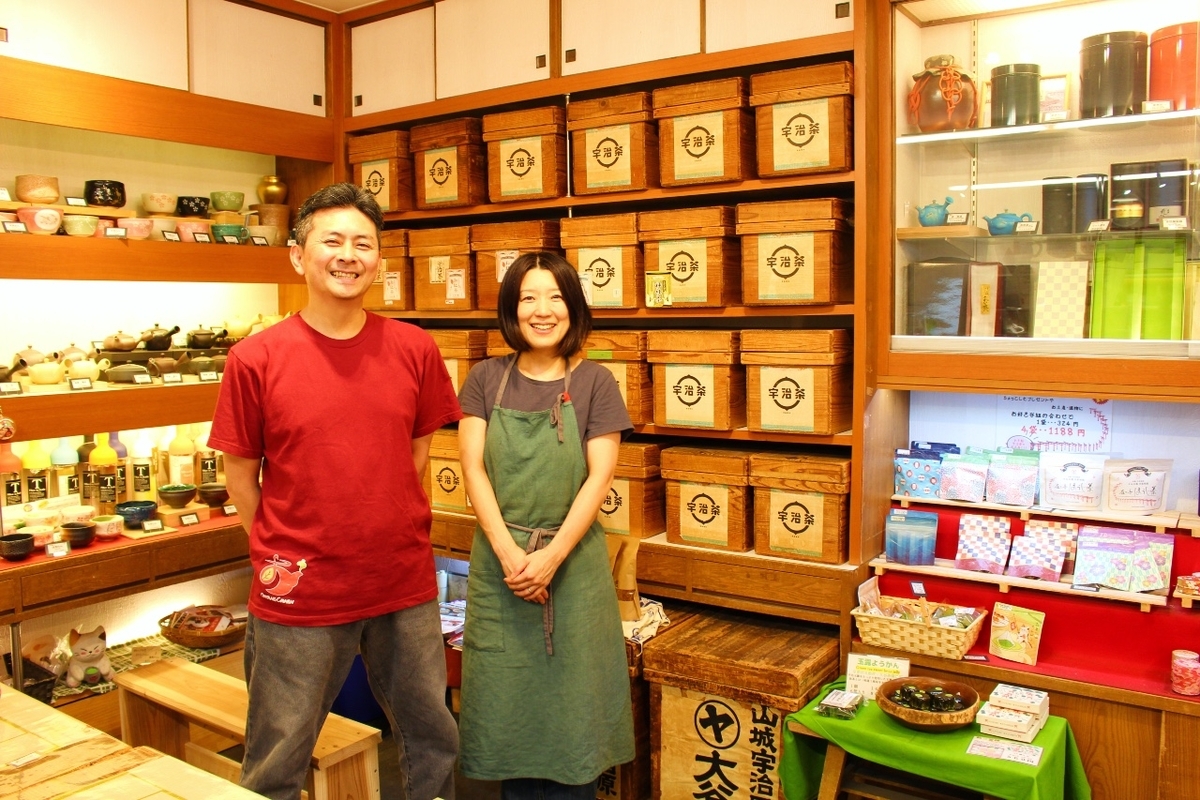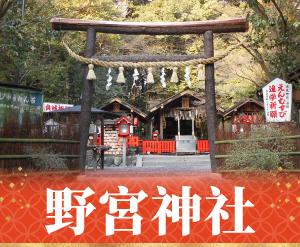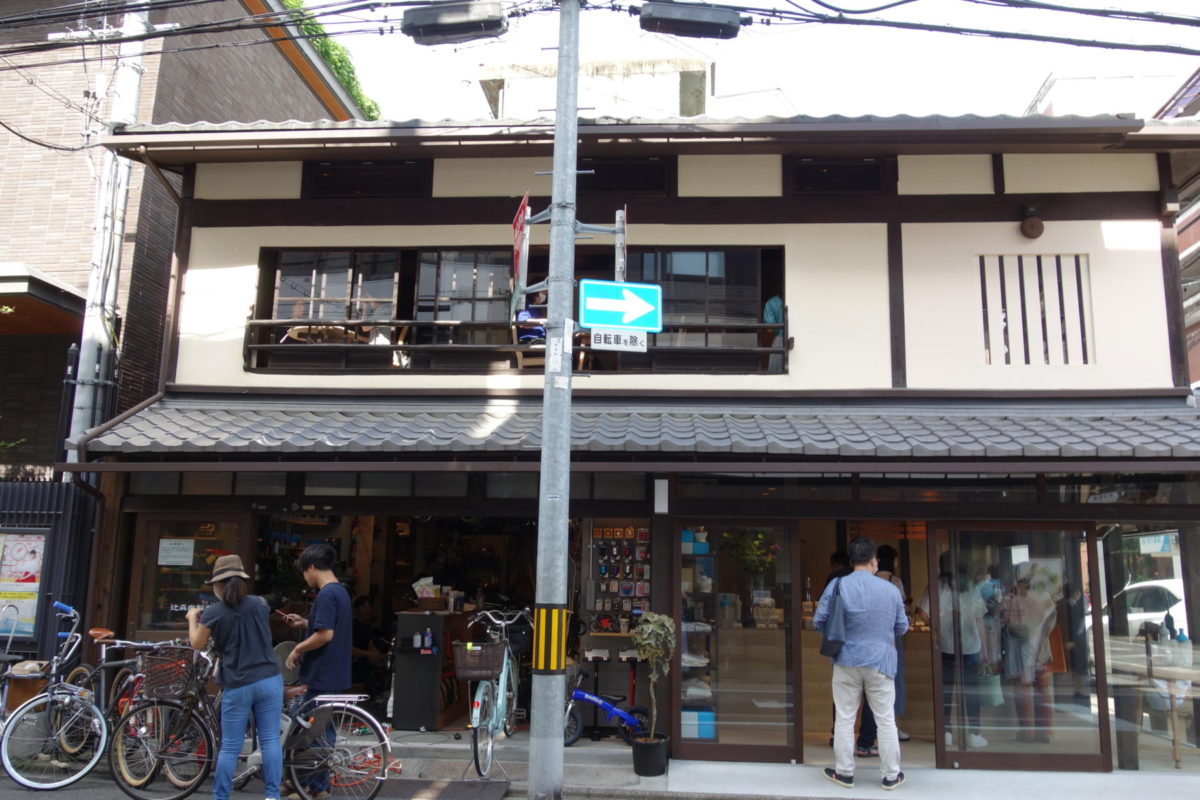
辻森自行車店位於東能院和六角(京都市中心)的東北角,在一座京都風格的町屋內,坐落著遼森自行車店,這是一家自二十世紀初以來已有一百多年曆史的自行車商店。如今,這座町家經歷了歷時六年的翻修,於2020年6月完工。店主宮本大輔分享了他對這家自行車店作為「Cycle Hub」未來一百年的想法和希望。
它始於童年記憶
宮本:這房子原本是我外婆的家。我從小就常來這裡玩。我在這裡有很多回憶。
第一位店主是我的曾祖父,他開了這家自行車店。我祖母的弟弟是第二任老闆,當他病倒時,我們認為我們別無選擇,只能關閉這家店。我想,這真是太可惜了。這就是我來這裡工作的原因。當時,自行車並不像今天這麼流行。我只是覺得關閉它太浪費了,而且由於我一直與祖母關係非常親密,我不想讓她傷心。我只是覺得如果我能繼續下去,她可能會很高興。

顧客來自不同年齡層。我們修理和銷售各種各樣的自行車,從成熟的公路自行車到電動自行車和兒童自行車。
在接手辻森自行車之前,宮本先生在一家公司從事零售工作。他喜歡動手做東西,經常自己修理自行車、摩托車和汽車。但修理別人的自行車作為一項工作,是需要承擔責任的。我問他一開始就沒有任何擔憂嗎?
宮本:一開始,我對自行車並沒有什麼專業知識;第二任主人生病了,無法教我。所以有時我會帶著組件到其他地方去了解它們,並查閱書籍。然後我到達了必須真正親手騎自行車才能學到更多東西的地步。因此我接受了所有給我的工作。
宮本先生說,他剛開始在辻森自行車店工作時,每天只有兩到三位顧客。有些日子,他只是和鄰居聊天直到關門。
儘管如此,他還是熟悉了該地區的許多面孔,因為他每天都會與街上來來往往的人們打招呼。這些人通常甚至不騎自行車,但最終卻成為他的顧客或帶給他其他顧客。
宮本:第二任主人很久以後才告訴我,他認為我不會堅持這麼久。他說他確信我會馬上辭職(笑聲)。
從此以後,辻森自行車逐漸累積了熟悉的客戶。隨著社會越來越注重環保,自行車也越來越受到關注,這家商店開始恢復昔日的人氣。
傳輸和再生
從第二任老闆開始,一輛自行車就作為辻森自行車的象徵矗立在商店的屋簷上,至今仍在那裡。路過的遊客常常會抬頭欣賞並拍照。有些人甚至會來畫草圖。
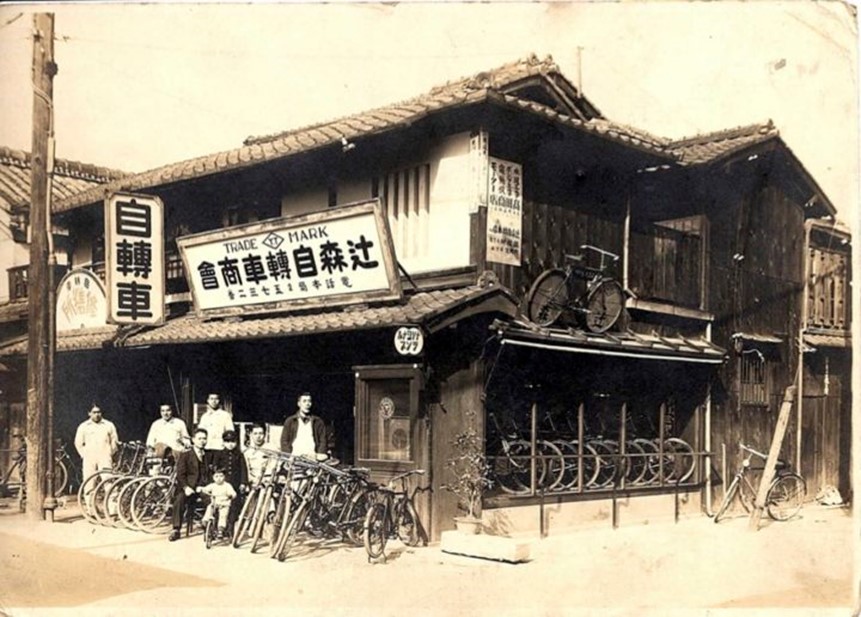
右邊的街道是六角通,呈西向東延伸。左邊是南北走向的東洞院通。

自創業以來就裝飾著商店的自行車在第二次世界大戰結束後立即被另一輛自行車所取代,現在它仍然矗立在六角通的一側,作為辻森自行車的象徵。
維護舊事物需要付出很多努力。宮本先生請木匠檢查這座百年老町家的抗震性能時發現,面向六角街的柱子和櫥窗區域已經變得非常脆弱。
宮本:我請過幾次木匠來修理這個地方,但他說柱子本身已經不行了。他也表示,如果發生大地震,櫥窗區域可能會倒塌到六角街上。如果發生這種情況,就會阻塞街道,影響周圍的人,這將是可怕的。因此,儘管我們很感激這棟房子能夠屹立這麼久,但我們還是從 2014 年左右開始了大規模的翻修。
成為自行車樞紐
2014年進行防震改造時,宮本先生在一樓店舖中央安裝了樓梯,這是一項重大工程,目的是將整個二樓變成自行車展示廳。
宮本:2014 年開始的防震工作已完成,新樓梯也已安裝到位,我現在準備建造展示廳了。我在那裡儲存了大量自行車。但就在這時,有人想出了一個主意,不再只是把這裡打造成一個“自行車商店”,而是一個“自行車樞紐”——一個人們可以騎自行車放鬆和互動的地方(笑聲)。我想,既然我已經走了這麼遠,我不妨也這麼做一下,儘管我已經買了大量的自行車。
宮本先生描述當時發生的事情,開心地笑了。
自二十世紀初以來,辻森自行車就一直在這個社區中生存。在接下來的一百年裡,它必須“保留重要的東西”,同時成為“培育新文化的地方”。為此,宮本先生出國考察了歐洲各城市的自行車店。在那裡,他看到許多咖啡館都採取了“帶有自行車商店的咖啡館”的形式。
由於宮本先生本人也喜歡咖啡,因此他和即將進駐的自行車零件製造商聯繫了 Blue Bottle Coffee Japan。
宮本:我們聯絡了 Blue Bottle,希望讓這家店變得熱鬧起來。現任總統立即表示他想來這裡看看,他也確實去了。正說著,原來他以前也經過這裡,對有這麼一家老牌自行車店印象深刻。 「我從來沒想過這就是那個地方!」他說。我感謝這棟建築;正是因為它令人難忘的外觀,我們才能夠與 Blue Bottle 合作。
社區老牌自行車店的未來
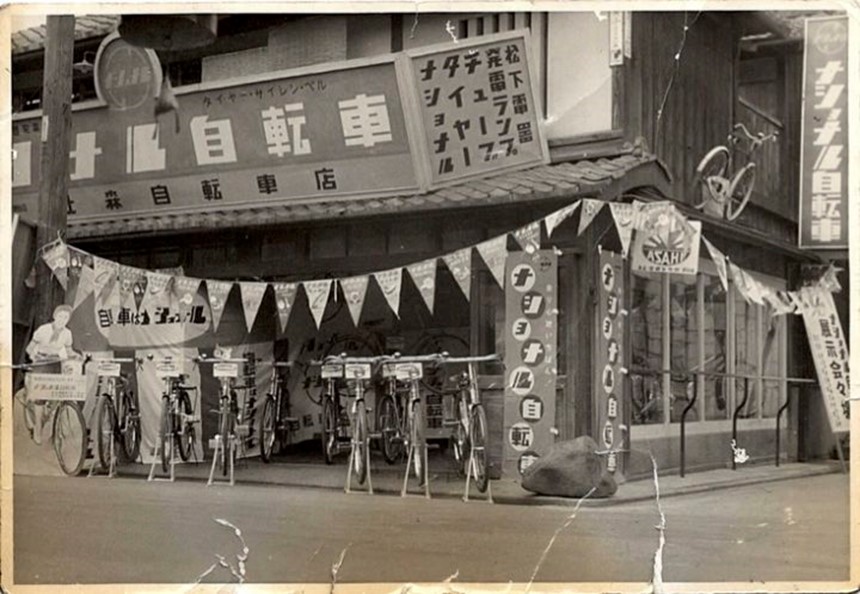
宮本:過去,現場進行維修是常態。我們不會要求顧客在一定時間後再回來取自行車。我們只會說,「我現在就做,請坐。」因此,我也採取了在維修時與客戶聊天的方式。有的女性顧客向我講述了她們的戀情,還有一些女性顧客向我尋求個人問題的建議(笑)。
宮本:我在這裡工作了二十年,看著附近的孩子長大。一個曾經跑向我並叫我“Onichan”(字面意思是“大哥哥”,是對年長男性的親切稱呼)的男孩,最終進入了青春期,有一段時間甚至沒有用眼睛跟我打招呼。然後他進入高中,我想他透過課外活動學會了禮儀;他又開始對我說「konnichiwa」。當我觀察像他這樣的人時,我開始感覺自己已經和社區的人們生活在一起,儘管我只是作為一個自行車店員,一點點地進入他們的生活。這也許是這份工作有趣的部分之一。我敢打賭,我的祖母沒想到事情會變成這樣。
宮本先生的陽光性格和技術如今為辻森自行車帶來了許多顧客。
如今,Tsujimori Cycle 及其獨特的店鋪氛圍已重生為 Cycle Hub,宮本先生表示,他希望讓這裡不僅成為當地人,而且成為新來者可以透過自行車找到新價值和刺激的地方。而且,從整體上看,我認為我們仍然可以將這家自行車店的存在稱為東能洞院六角的「門面」。
無論您是上下班還是只是想在京都市呼吸新鮮空氣,擁有一輛自行車都很方便。然而,自行車除了是便捷的交通工具之外,還可以成為主人的夥伴。東洞院六角有一家當地自行車商店,可以為您的愛車提供所需的適當保養。
我敢打賭,一旦你開始認識這座城市中心區的“熟悉的面孔”,你會越來越覺得自己是一個“京都人”。
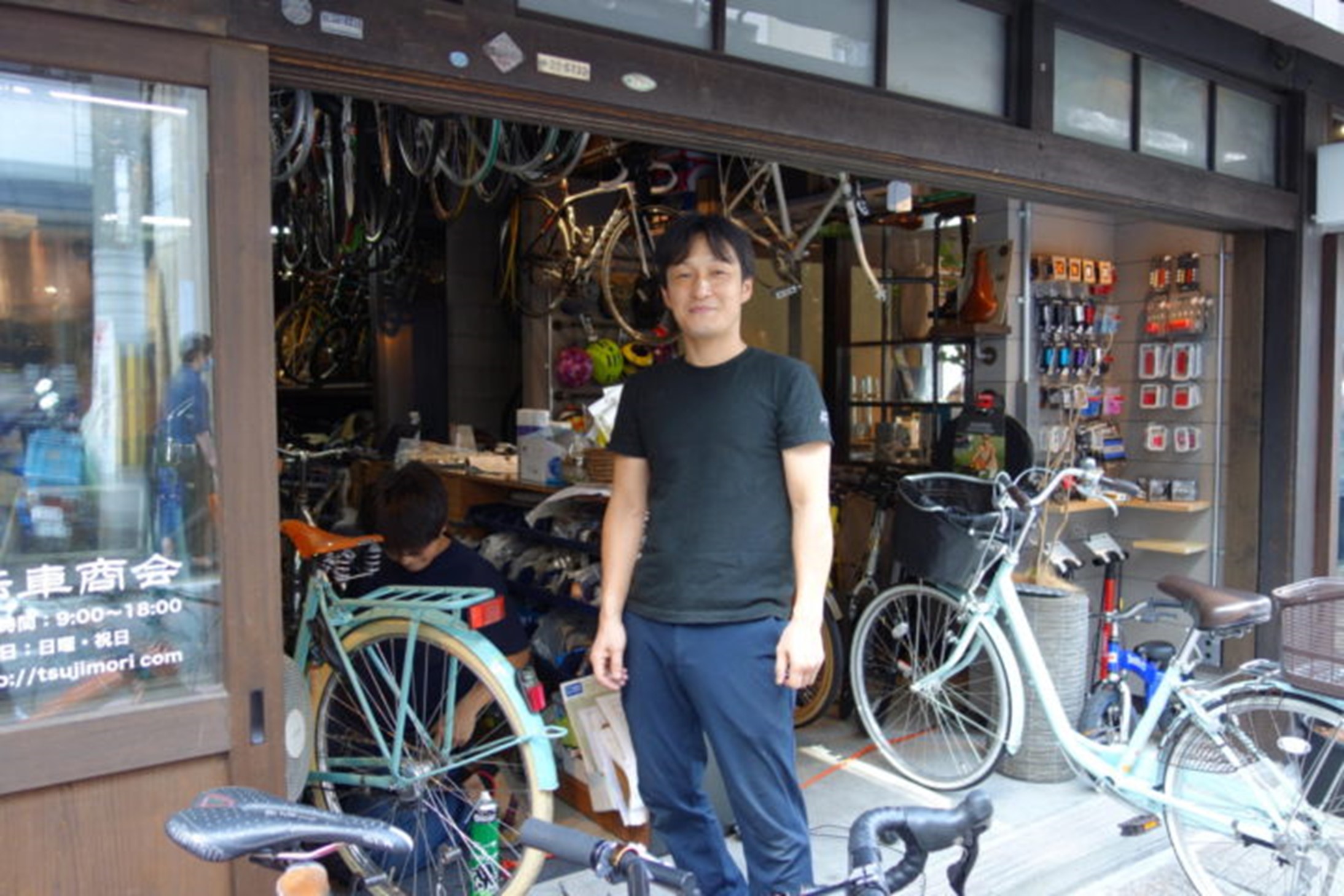
辻森自行車
地址
京都市中京區東門院六角輕三門寺町 604-8135
為本文做出貢獻的創意人員:
文字及照片由
小原麻子
2020年11月7日


